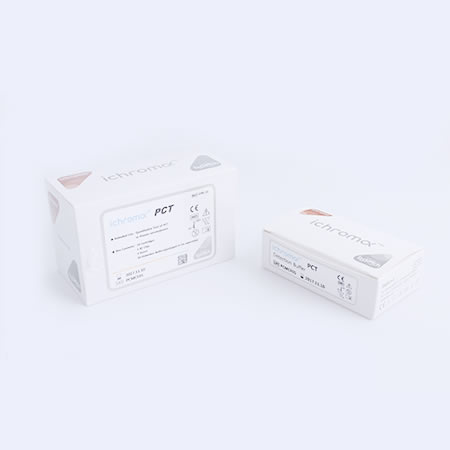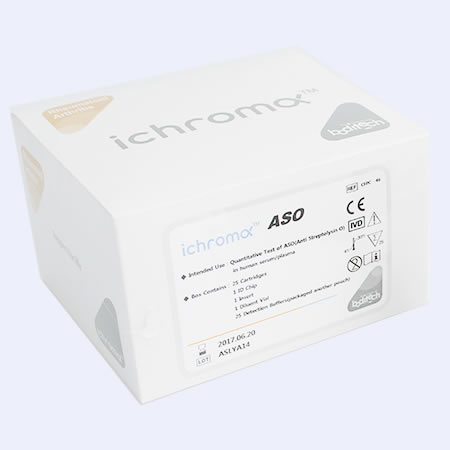| Measuring Range | 2.5~300 mg/L |
| Sample Type | Whole Blood, Serum, Plasma |
| CV | <10% |
| Normal Range | 0-10 mg/l |
| Reaction Time | 3Min |
i-Chroma CRP
The immunological role of CRP is to bind on the surface of damaged cells, as well as to polysaccharides present on bacteria, parasites and fungi walls. This binding activates the classical complement cascade of the immune system and modulates the activity of phagocytic cells.
Elevated levels of CRP in the blood is an indicator of a non-specific maker of an inflammation. CRP, is therefore a marker of acute inflammation and rises rapidly within the first 6 to 8 hours and peak at levels of up to 350–400 mg/L after 48 hours.




